#jamtaba
Text
1 note
·
View note
Text
Week 4

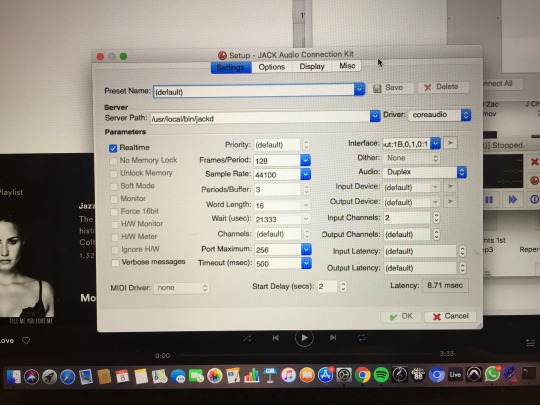

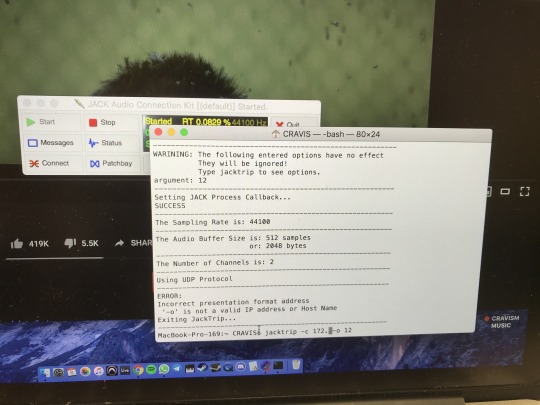
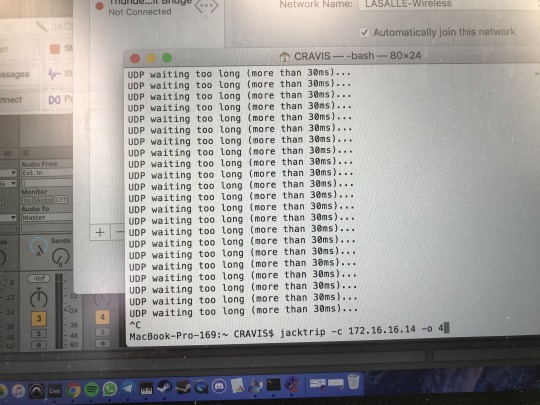
youtube
After testing out multiple softwares (Jamulus, JamTaba, Soundjack), we still continue our search to find other alternative and possibly better platforms through which we will be able to execute our project. This week, we are testing out JACK Audio/Jack Trip in LASALLE with Ernest’s router to avoid the issues brought about by a busy public network. It works well with minimal latency/glitching. We also cross compared using the dedicated router and LASALLE’s wifi and the router proved to be a better choice. LASALLE’s wifi was a bad choice due to auto allocation of bandwidth and traffic, causing more glitching to occur.
The set-up process for JACK Audio/Jack Trip is as follows:
Connect to same wifi network - Ernest’s router
Ensure that everyone has the same buffer size
Change audio settings: Input -> Soundflower, Output -> Built-in Output
Start JackPilot
Start JACK Audio Connection Kit
Open Terminal
Key in jacktrip -c 192.168.3.25 -o 12
Wait for connection success
Under JACK Audio Connect, “Disconnect All”
Connect Send 1/2 to Playback 1/2 respectively
192.168.3.25 is the IP Address of the laptop that is acting as the server, in this case, Fairuz’s laptop. With this command, all audio signals from our laptops are being sent there. The number after “-o “ is the number assigned to me, which will be the linking key between the server laptop and my laptop. In this case, both Fairuz and I will have to key in the number 12 on our Terminal in order for the connection to be made.
Once steps are followed, you should be able to hear a mix of everyone’s audio sending through to your laptop, as everyone else should. In this case, Fairuz’s laptop is acting as the server that is taking in all our audio signals individually, combining them and sending the whole mix back out to our laptops.
0 notes
Text
The Disconnect Pt IV
The Findings
Some softwares and solutions we filtered out of a long list that were useable to a certain extent.
Jamulus (http://llcon.sourceforge.net/)
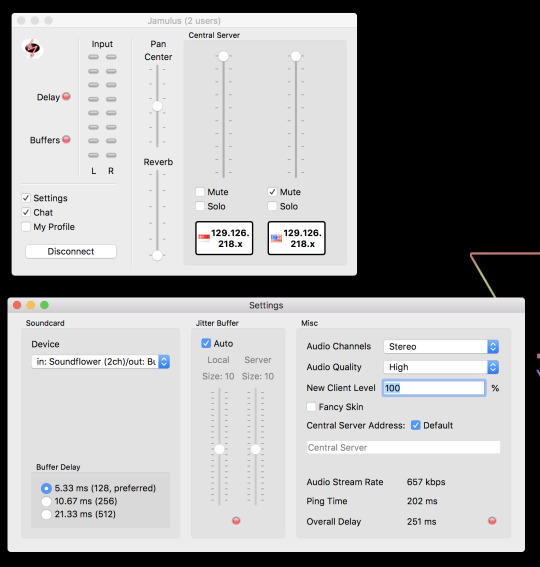
As seen from Jamulus’s UI, its fairly straightforward with settings that you can customize to your Audio set up. Nice thing about Jamulus is the control over the buffer delay, Quality control in which you can compensate poor latency by reducing the amount of Bits and data we are transmitting over the network.
While easy to use and straightforward, it uses a Central Server or a remote server elsewhere in the world or region and is not ideal as this compromises two things:
1.Integrity of Connection (Privacy, Control etc.)
2. Latency introduced when pinging/contacting server to end destination and back resulting in unusable latency.
Jamtaba (https://jamtaba-music-web-site.appspot.com/)
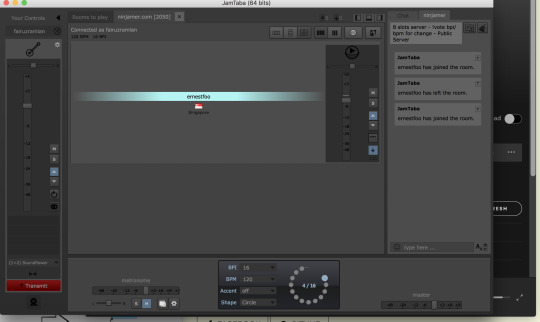
Good UI but if we are comparing this to Jamulus which was already not ideal, this is a terrible solution as not only it uses remote servers which are are not well-maintained, the options given to change Audio settings and Video settings make it unusable for our project.
SOUNDJACK (https://www.soundjack.eu)
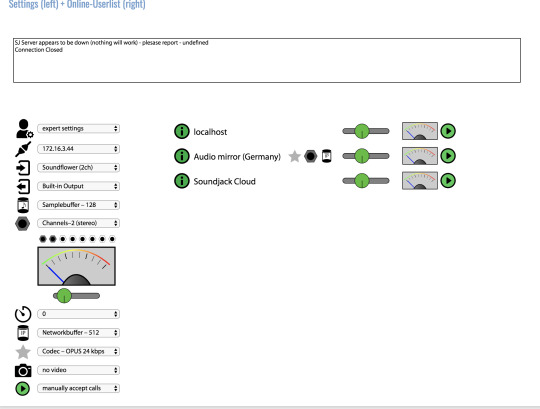
Soundjack proved the most usable amongst the list of softwares we tried. Took a little of setup to get it working with our Audio Setup. Though it does use a central server not in Singapore to run its platform, latency proved to be the lowest amongst the rest of the current list.
Further tests need to be done with Soundjack with our Electronic Music setups.
0 notes
Text
Week 1
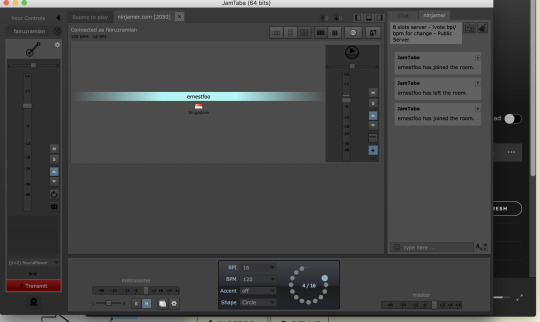


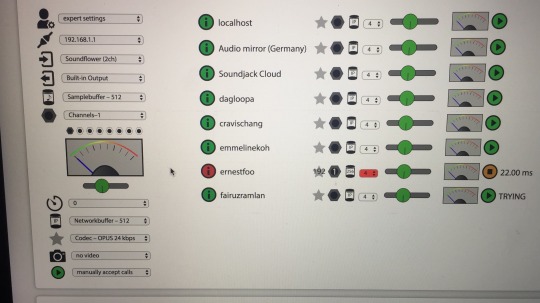


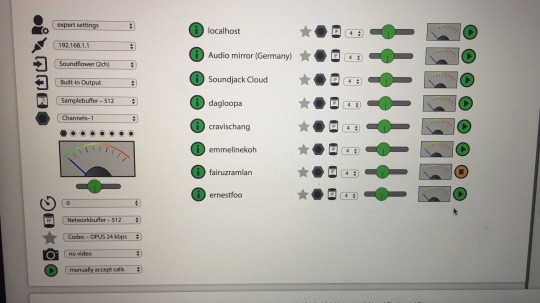
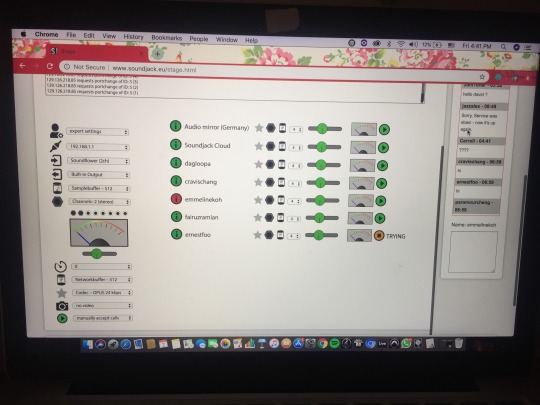
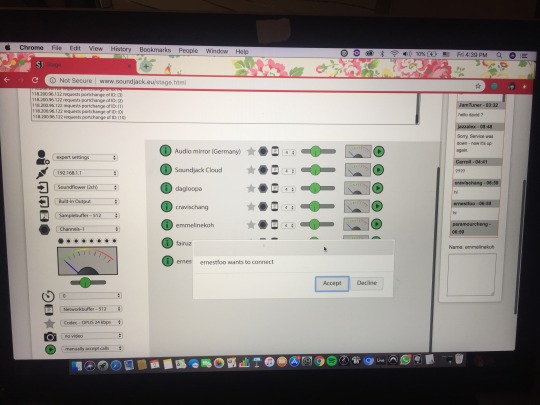
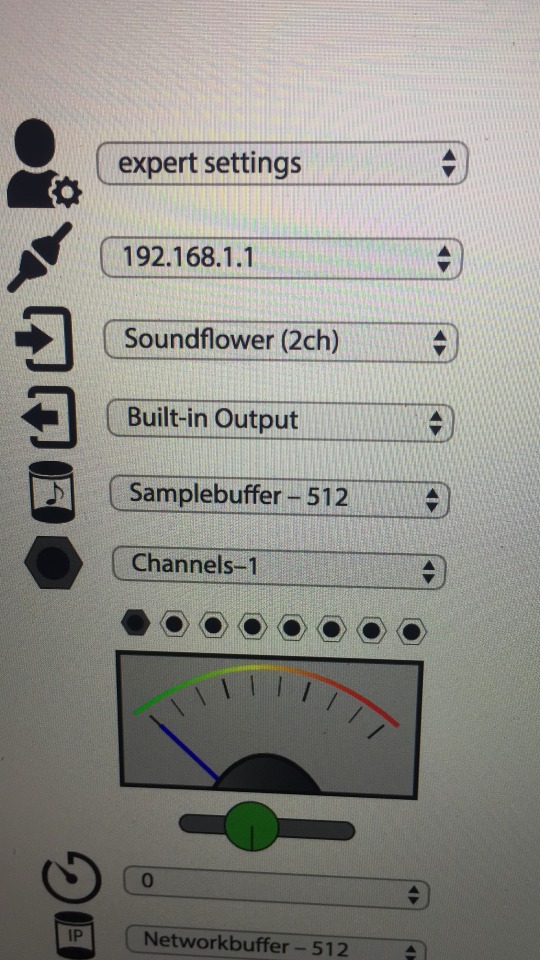
youtube
youtube
youtube
This week was our first official week of research and development. We first ran tests using a software called Jamulus, which did not go so well. Our research can be found here.
We also briefly tried out JamTaba, which was not satisfactory as well.
The following software we are trying out is called Soundjack, which requires you to first download a program. Once the program is installed in your laptop, you have to get it running before you are to open the Soundjack “stage” over on its website. There, we are able to see each other virtually once we are all online. At this point, we tried to connect to each other using LASALLE’s wifi connection. We achieved various fleeting moments of success but it was rather unstable otherwise. The software tended to stop working and crash once there were too many people connected. We suspected it was due to the fact that we were using LASALLE’s wifi, which is a very busy network. With these results, our next plan of action is to test the software out again on a less busy network, such as someone’s home wifi.
However, from the pictures and videos above, it can be seen that there are a few useful functions such as being able to change the buffer size, being able to see each other virtually and individually through our usernames, being able to see when we are connecting/connected, and also the presence of a message chat for quick communication. There is also an output meter where we can monitor our levels.
0 notes